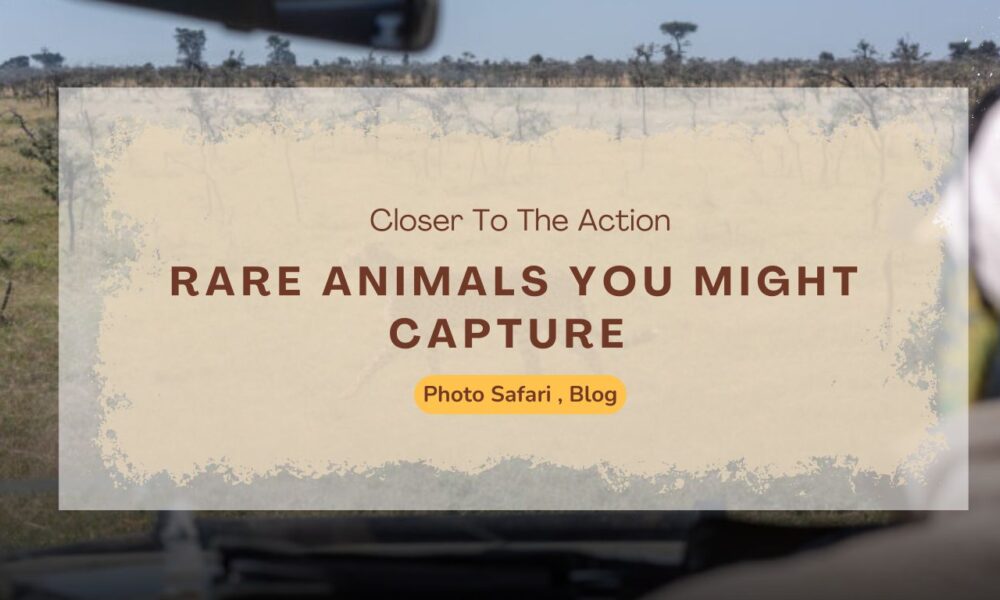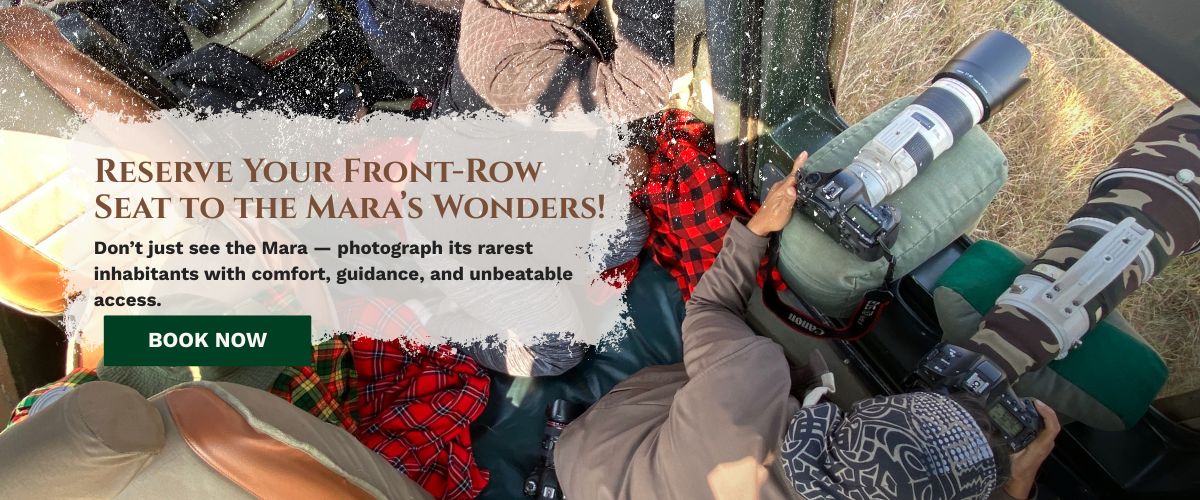Rare Animals You Might Capture
The Masai Mara is a wildlife photographer’s dream — a place where every sunrise holds the promise of extraordinary moments. From the thunder of the Great Migration to the quiet grace of a leopard in golden light, the Mara offers endless opportunities to capture nature at its most raw and beautiful. Whether you’re chasing iconic scenes or hoping to photograph rare and elusive species, a well-planned Masai Mara photography tour can make all the difference.
In this guide, I’ll share tips, insights, and personal experiences from countless days in the field — all designed to help you get the Rare Animals You Might Capture on a Masai Mara Photography Tour at the Mara Siligi Camp and come home with images you’ll treasure forever.
Table of Contents
- Why the Masai Mara is a Photographer’s Paradise
- How a Masai Mara Photography Tour Lets You See Rare Wildlife
- The Big 5 — and the Ones You Didn’t Expect
- Rare Cats of the Mara
- Unique Birds You Won’t Want to Miss
- Elusive Antelope Species
- Tips to Increase Your Chances of Spotting Rare Wildlife
- Why Staying at Mara Siligi Camp Puts You Closer to the Action
- Final Thoughts — Your Next Wildlife Story Awaits
1. Why the Masai Mara is a Photographer’s Paradise
If you’ve ever dreamed of a photography trip where every moment feels like it belongs in a National Geographic feature, the Masai Mara is exactly that place. From sweeping golden grasslands to dramatic skies that change by the hour, every backdrop here works effortlessly in your favor.
But what truly sets it apart is the sheer variety of wildlife — including rare animals most people only ever see in documentaries. Whether it’s a cheetah sprinting across the plains, a leopard perched in an acacia tree, or elephants wading through the Mara River at sunrise, the possibilities are endless.
When you book Masai Mara photography tour packages, you’re not just signing up for game drives — you’re investing in once-in-a-lifetime shots that you can’t replicate anywhere else in the world. And when you stay at Mara Siligi Camp, you’re right in the heart of the action, giving you the best possible chance to capture these incredible moments as they unfold in real time.
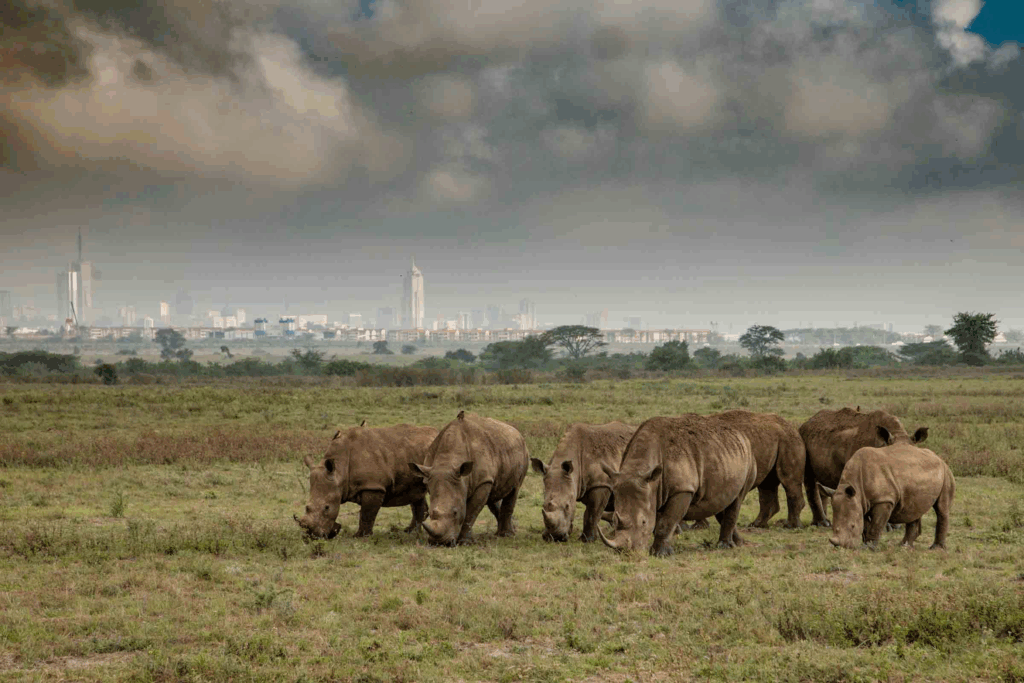
2. How a Masai Mara Photography Tour Lets You See Rare Wildlife
I’ve done countless drives here, and trust me — in the Masai Mara, location, timing, and guides make all the difference. That’s exactly why booking Masai Mara photography tour packages is worth it. They’re designed to give you the best possible opportunities to see — and photograph — wildlife you might otherwise miss.
A well-planned Masai Mara photography tour gives you:
- Early starts to catch predators like lions, cheetahs, and leopards before they retreat into the shade.
- Off-the-beaten-path routes where rare species, such as serval cats or bat-eared foxes, roam without disturbance.
- Guides who know animal behavior and can predict the movement of elusive creatures.
- Perfect positioning for photography, ensuring you’re set up for golden-hour light instead of rushed, distant sightings.
Here, the goal isn’t just to tick animals off a list. It’s to capture them at the perfect moment, in the best light — whether that’s a lion yawning in the misty morning or a shy caracal stepping into an open clearing. Staying at Mara Siligi Camp puts you close to prime wildlife areas, meaning more time shooting and less time traveling.
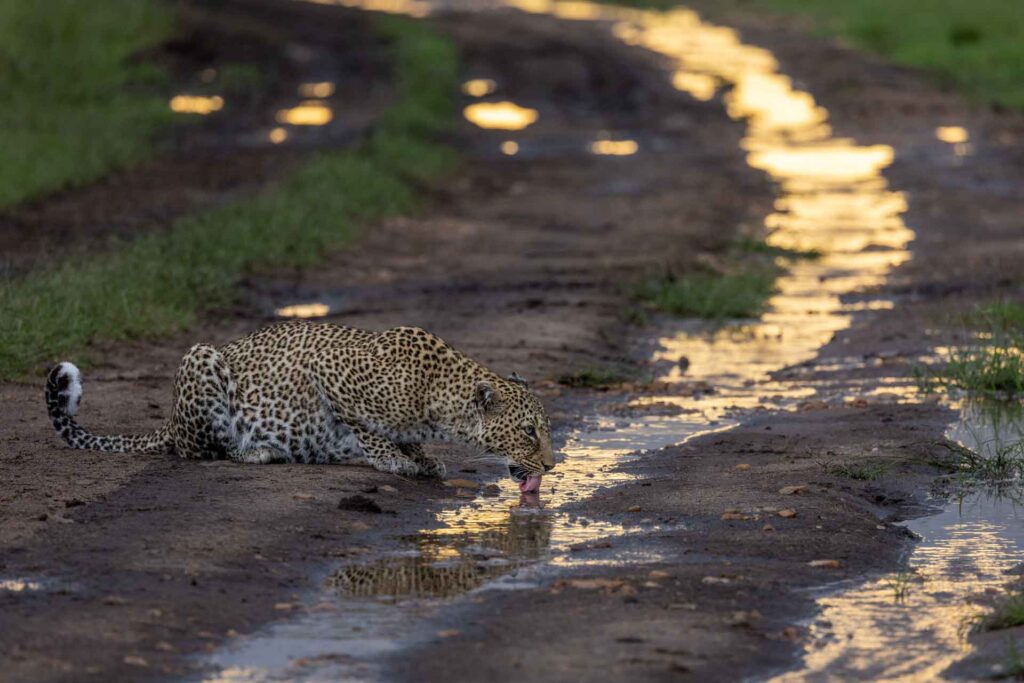
3. The Big 5 — and the Ones You Didn’t Expect
Everyone dreams of seeing the Big 5 in the Masai Mara — lion, leopard, elephant, buffalo, and rhino. And with the right Masai Mara photography tour package, your chances are incredibly high. But what truly makes a photographer’s heart race are the unscripted, once-in-a-lifetime moments that even seasoned safari-goers can’t predict.
You might witness:
- A black rhino grazing quietly in the soft glow of early morning mist, its silhouette framed by the golden savannah.
- A leopard with her cubs resting on the sturdy limbs of an acacia tree, their spotted coats blending seamlessly with dappled sunlight.
- A lioness mid-hunt, every muscle coiled like a spring, eyes locked on her prey as the air hangs heavy with suspense.
- A tower of giraffes walking gracefully against a fiery sunset.
- A cheetah sprinting across the plains, the dust swirling in the low afternoon light.
While the Big 5 are the headline stars, the Masai Mara rewards patience with rare wildlife sightings you didn’t even know you were hoping for — from shy servals to curious bat-eared foxes. These are the moments that turn a simple game drive into a wildlife photographer’s dream, giving you images that no stock photo or documentary can replicate.
In the Masai Mara, it’s not just about ticking animals off a checklist — it’s about capturing them in their element, in the perfect light, and in scenes so raw and beautiful they’ll stay with you forever.
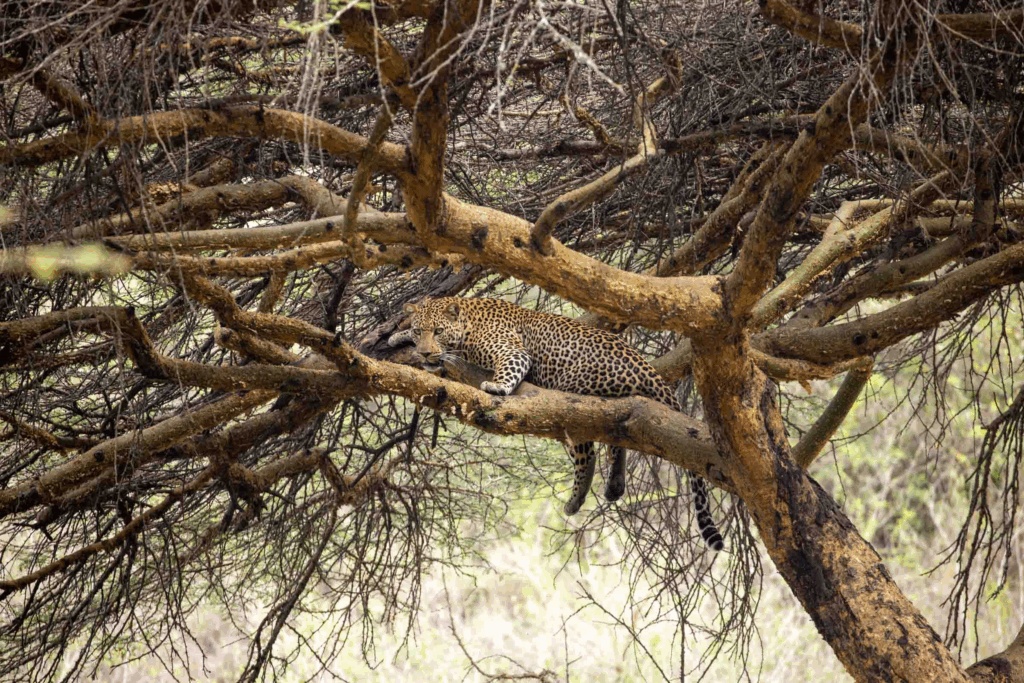
4. Rare Cats of the Mara
Beyond the lions and leopards that dominate most safari snapshots, a Masai Mara photography tour can reveal a hidden world of smaller wild cats — elusive, elegant, and perfect for rare wildlife portraits. These cats are masters of camouflage, moving silently through the grasslands, and spotting one feels like discovering a photographer’s goldmine.
On one memorable trip while staying at Mara Siligi Camp, I spent over an hour following a serval as it stalked through tall golden grass. Every movement was calculated — the slow bend of its knees, the careful placement of each paw, the sudden freeze before a lightning-fast pounce. The serval’s long legs and spotted coat made it a dream subject for Masai Mara photography tour packages that focus on capturing rare animal behavior.
Here are the rare cats you might encounter in the Mara:
- Serval — Long-legged, graceful, and marked with bold black spots. Perfect for action photography when leaping for prey.
- Caracal — Instantly recognisable by its tufted black ears and intense amber gaze. Agile, sleek, and a challenge to photograph in motion.
- African Wildcat — Looks deceptively like a domestic tabby, but its wild instincts and piercing eyes tell another story.
Photographing these cats takes patience, silence, and readiness. On a Masai Mara photography tour, you’ll often find yourself crouched low, camera steady, waiting for that one perfect shot — and when it happens, it will be the highlight of your safari gallery.
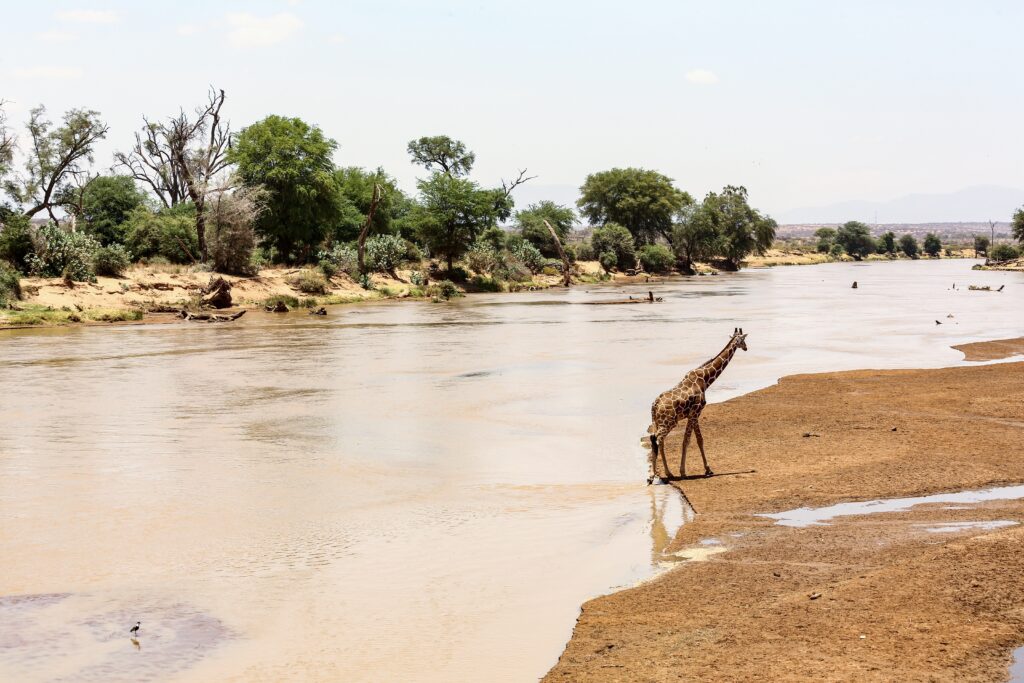
5. Unique Birds You Won’t Want to Miss
I always tell guests — don’t just focus on the big cats and elephants. The Masai Mara is a birder’s paradise, and a Masai Mara photography tour isn’t complete without capturing its spectacular avian residents. From dazzling flashes of color to elegant silhouettes against the savannah sky, the Mara offers some of the most photogenic bird species in Africa.
During quieter moments between big game sightings at Mara Siligi Camp, I often encourage guests to keep their cameras ready. A sudden movement in the treetops or a glint of color in the grass can turn into one of the most memorable shots of the trip. On our Masai Mara photography tour packages, bird photography often becomes a rewarding surprise for guests who weren’t expecting to fall in love with feathered subjects.
Some of my personal favorites include:
- Lilac-breasted roller — A true showstopper, with vibrant blues, purples, and turquoise feathers that shimmer in flight. Perfect for testing your skills with fast shutter speeds.
- Secretary bird — Tall, crane-like, and an expert snake hunter, with a dramatic crest that adds flair to every photo.
- Kori bustard — The heaviest flying bird in Africa, with slow, powerful wingbeats that are mesmerizing to capture.
- Crowned crane — Elegant and regal, adorned with a golden crown of feathers that catches the morning light beautifully.
Photographing these birds requires a keen eye, patience, and sometimes a bit of luck — but the results add a rich diversity to your safari portfolio, making your time in the Mara even more unforgettable.
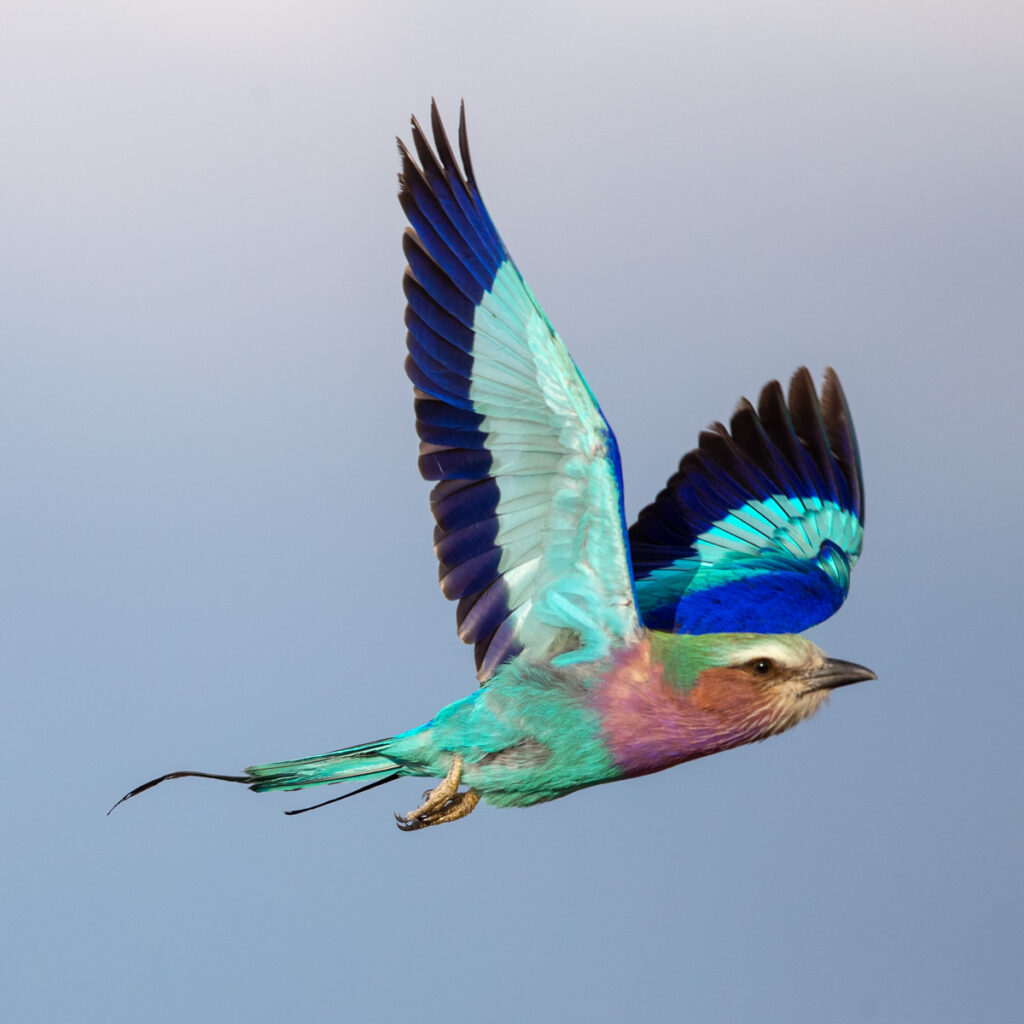
6. Elusive Antelope Species
While antelope may seem abundant in the Masai Mara, there’s a special thrill in finding the rarer or more characterful ones — and knowing exactly how to photograph them. On our Masai Mara photography tours, I often remind guests that these graceful animals can be just as captivating as the big cats, especially when you frame them in the right light or setting.
At Mara Siligi Camp, many mornings start with a quiet drive where the grass still glistens with dew. That’s when you might spot:
- Oribi — Small, delicate, and shy, with alert ears that twitch at the faintest sound. Patience is key here; wait for them to relax and you can capture beautifully intimate portraits.
- Steenbok — Known for freezing in place when alarmed, which gives photographers a chance to get remarkably sharp, detailed close-ups without disturbing the animal.
- Topi on a termite mound — A classic Mara composition, with the antelope standing proud against an endless horizon. This shot has an almost cinematic quality that guests in our Masai Mara photography tour packages love to frame back home.
The magic lies in the antelope’s posture and environment. Sometimes a slight tilt of the head, a watchful gaze, or a backlit outline can tell a richer story than the most dramatic predator chase.
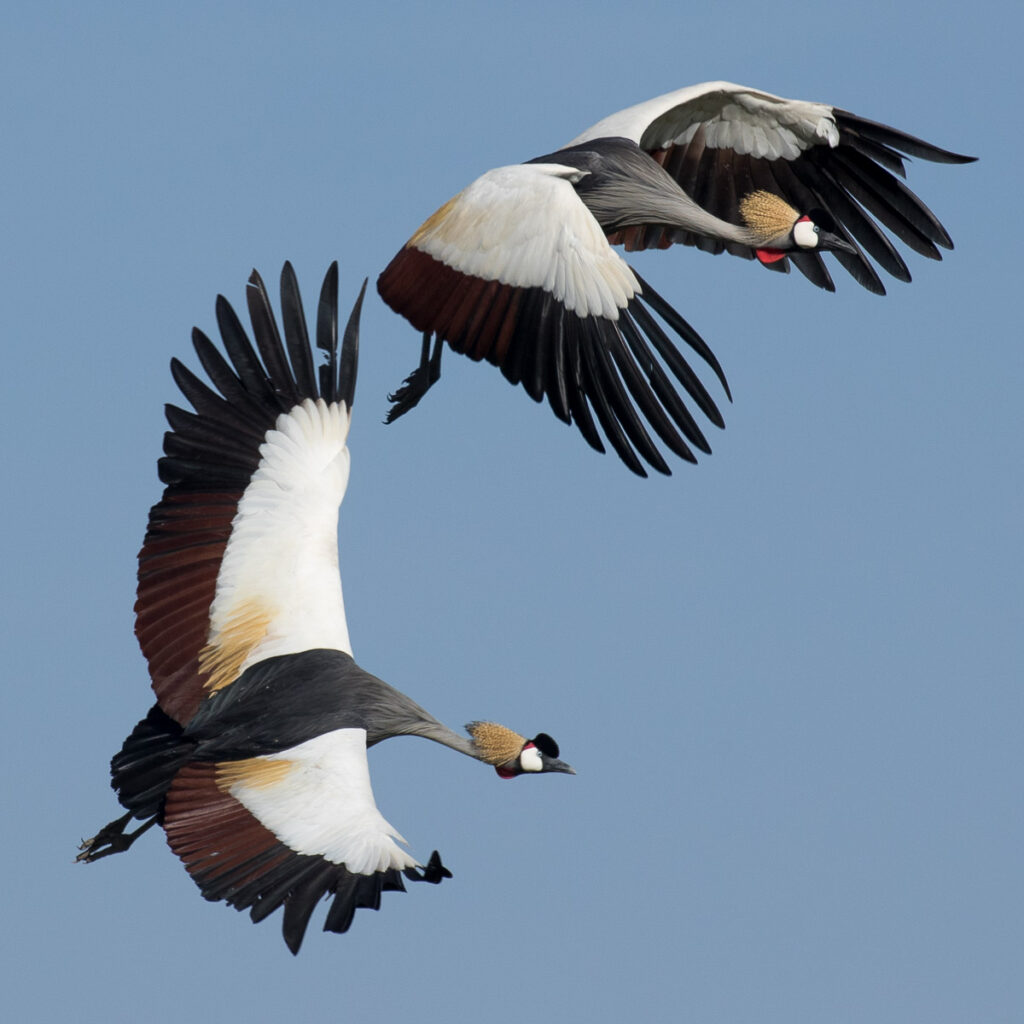
7. Tips to Increase Your Chances of Spotting Rare Wildlife
Years of guiding and photographing in the Masai Mara have taught me that spotting rare animals isn’t just about luck — it’s about habits, timing, and patience. Whether you’re here on one of our Masai Mara photography tours or simply enjoying a game drive from Mara Siligi Camp, these small changes can dramatically improve your chances:
- Start early — The first light over the Mara is pure magic. It paints the plains gold, gives your photos a soft glow, and coincides with the peak of animal activity. Many of our best sightings — from a serval cat hunting to a shy oribi grazing — happen before breakfast.
- Stay quiet — The Mara carries sound far. A single loud voice or camera click at the wrong time can send an elusive animal into the thickets before you even raise your lens.
- Use a long lens — Not only does it let you keep a respectful distance, it also helps capture candid behaviour without altering the animal’s comfort. In our Masai Mara photography packages, we always recommend at least a 400mm lens for the smaller or more skittish species.
- Work with your guide — A seasoned guide isn’t just a driver; they’re your tracker, storyteller, and early-warning system for sightings. They know which river bend the leopard favours or where a herd of eland might be grazing unseen.
- Be patient — Some of the most remarkable moments — a cheetah cub’s first sprint, a lilac-breasted roller landing on an acacia — come after hours of quiet waiting. The Mara rewards those who slow down.
At Mara Siligi Camp, we plan our drives around these principles, giving you the best possible chance to leave with photographs — and memories — that few travellers can claim.
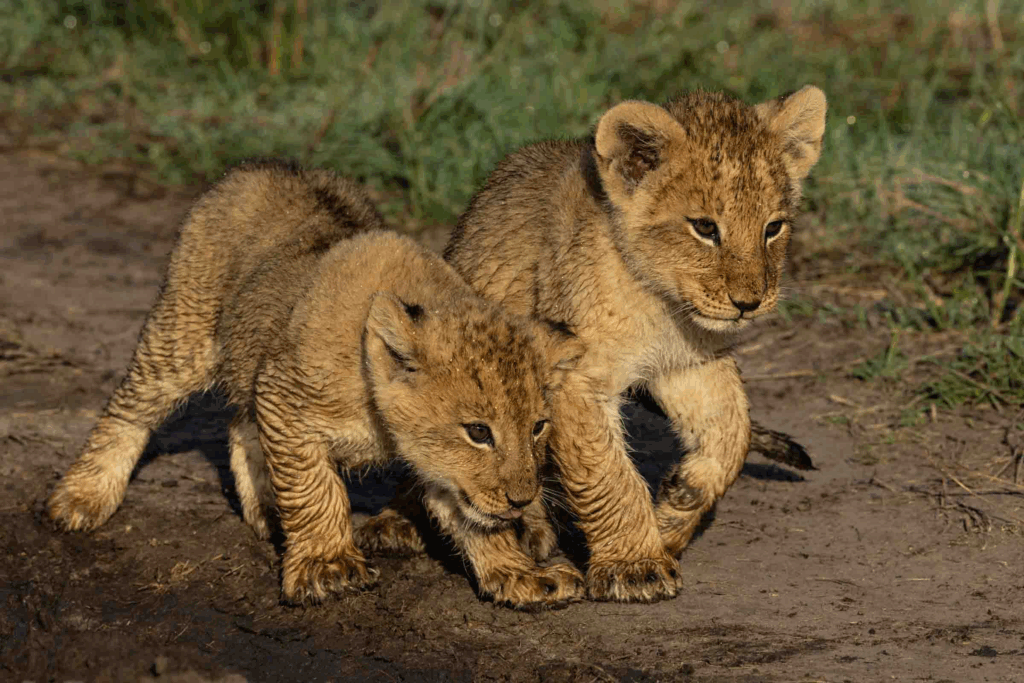
8. Why Staying at Mara Siligi Camp Puts You Closer to the Action
One of the biggest advantages of choosing Mara Siligi Camp for your Masai Mara photography tour is our location.
Because we’re inside the reserve, you can:
- Start your game drives earlier and reach prime spots before the day’s crowds arrive
- Capture wildlife in the best golden light, with fewer vehicles around
- Spend more time photographing and less time driving in search of animals
Our camp sits along key migration routes and within range of some of the most productive wildlife areas. That means rare encounters — whether it’s a caracal at dawn, a leopard silhouetted against the sunrise, or elephants crossing the plains — are often just minutes away. Here, the Mara’s magic truly feels like it’s right on your doorstep.
9. Final Thoughts — Your Next Wildlife Story Awaits
Every Masai Mara photography tour has its own rhythm. Some days gift you the thrill of a predator in full chase; others surprise you with the quiet magic of a rare bird, a shy caracal, or an elephant calf taking its first steps.
When you choose one of our Masai Mara photography tour packages at Mara Siligi Camp, you’re not just booking a trip — you’re immersing yourself in nature’s greatest theater. Here, every sunrise writes a new chapter, and every sighting is a story only you can capture through your lens.
So, pack your gear, clear your memory cards, and let the Mara reveal its secrets. The rare wildlife is here — and your next unforgettable photograph is just around the corner.

